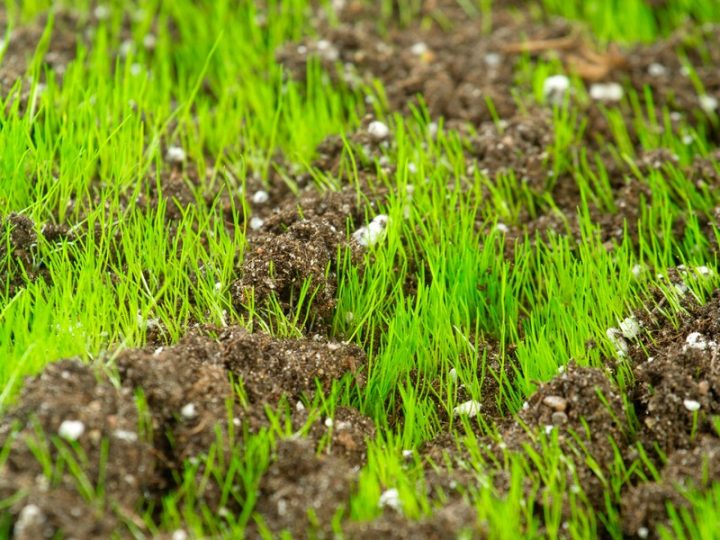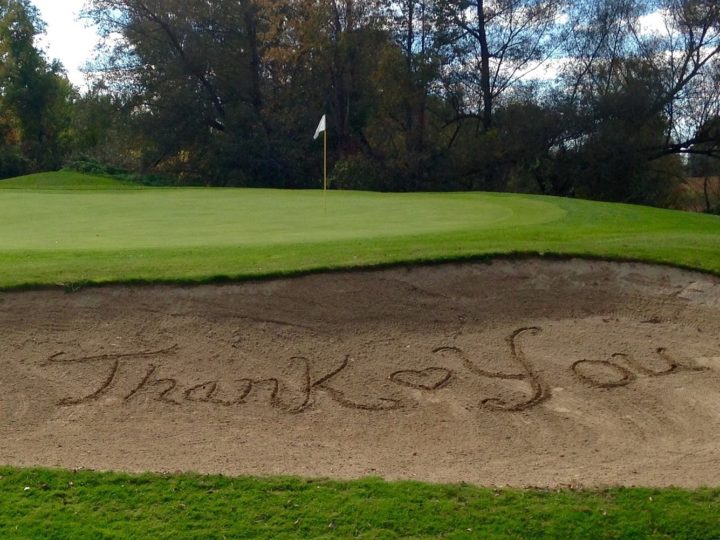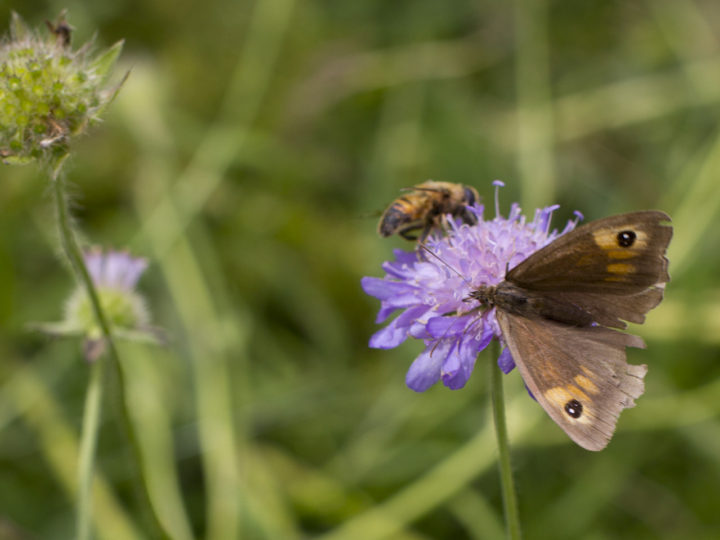
Almost all gardens have some shady areas. Some gardens have a lot of shade – indeed a beautiful garden with trees will always have quite a bit of shade. The number of plants that will grow in shade is quite limited and so almost all gardeners must face the issue of what to grow in the shady parts of their garden.
Most books and guides will suggest various kinds of ground-cover plants, which, if selected well will give excellent results. However installing a large area with ground-cover is an investment in soil preparation, plant purchases and maintenance. Strangely, one obvious ground-cover for shade that is rarely mentioned is grass. As ground-cover, lawns remain the best low-cost method per square metre by a long way.
However most grass species need quite a lot of sun to do well, so selecting the right species is critical to success when choosing grass seed for shade. The two most shade tolerant grass species are bentgrass and fescue.
Bent grass (Agrostis) is well known and widely used for fine lawns, especially in golf courses. It requires plenty of water to do well, so it is a good choice for damp, shady areas.
Fescue (Festuca), of which there are several types, is adapted to dry conditions in either shade or sun. It is a tuft-forming grass, so it does not make a very dense turf when grown alone. However it is a very adaptable grass, so if sown with other types it will fill-in where those grasses are doing poorly, and recede when the other grasses are thriving.
Smooth meadow-grass (Poa pratensis), or Kentucky bluegrass as it is known in the US and Canada, is also tolerant of light shade. It has the advantage of making a denser turf than fescue so it is a useful addition to shade mixtures.
Premium Shade contains all of these species. Read more and buy now
Other things to consider:
The exact type of shade you have is also important when choosing grass seed for shade. Shade will always occur on the north side of buildings. Because the sky is still clearly visible, quite a lot of light will still fall in such an area and it will be easy to get any slightly shade-tolerant grass to grow there.
The shade underneath trees, where the foliage of the trees not only blocks the light but also filters out the very wavelengths needed by the grass, is more difficult to deal with. Here only the most shade-tolerant species will survive, and even then the lawn may be thinner. In that situation remember to mow the grass a little longer than in your main lawn areas, as longer grass will always look lusher.
If you don’t know your soil type, and that is something every gardener should know, you can get a rough idea using a simple test requiring only your hands, or here is a more detailed method that is still very easy to carry out.
If your soil is of a sandy type it will certainly dry out for much of the summer, so you should choose a seed mixture that has fescue in it. A loam or clay soil will probably stay moist during all but the longest dry spells in the UK, so a mixture containing bentgrass is likely to be a good choice.
You can use our Lawn Wizard to quickly find a suitable mixture to use for your particular situation, but with the information given here you will be able to make a more intelligent choice and be sure of success.




